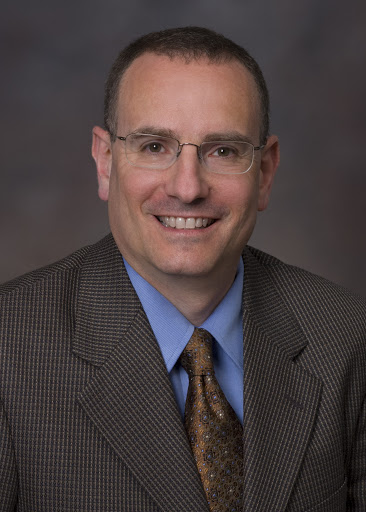Trauma research in the U.S. is underfunded compared to other diseases. While efforts are underway to lobby for additional support, these efforts do not address the underlying problem that hampers trauma research funding. According to Martin Schreiber, MD, FACS, chair of the Trauma Center Association of America (TCAA), a major problem is a lack of focus on trauma within government funding agencies.

“The burden of traumatic injury is under-recognized in our country, not only by the general public but by the research infrastructure of the U.S. government,” Dr. Schreiber said. “There is no real focus within our public health research infrastructure on this huge health burden.”
Dr. Schreiber believes part of the solution is to establish a National Trauma Institute within the National Institutes of Health (NIH). “The benefits of a National Trauma Institute would be to create an NIH focus on trauma as a disease process and to create a home for trauma researchers to apply for this much needed funding.”
Dr. Schreiber will outline his proposal during the keynote speech at this year’s TCAA Virtual Conference. The title of his talk is “A Call to Arms: The Need for a Trauma Institute at the NIH.”
The trauma funding landscape
Trauma is the leading cause of death for people between the ages of 1 and 44 in the U.S. Worldwide, approximately 5 million people die from traumatic injury every year. In comparison, the COVID-19 pandemic resulted in about 2.5 million deaths in 2020.
“The coronavirus pandemic was rightly considered to be an overwhelmingly important disease process,” Dr. Schreiber said. “At the same time, we need to recognize that twice as many people die from trauma every single year.”
Overall, the percentage of U.S. government funding that goes to trauma falls far short of the burden of injury. Dr. Schreiber noted that current NIH funding for trauma research is undersized and unfocused.
“In spite of the burden that trauma places on society, only a few percentage points of the NIH’s budget goes to studying trauma,” he said. “And since there is no trauma institute, this small budget is spread out among several different institutes.”
Dr. Schreiber noted that similar issues affect military funding for trauma research.
“It’s not just an NIH problem, it’s a Department of Defense problem,” he said. “Only about one-fourth of the DOD budget goes to combat casualty care. You would think that the primary purpose of the DOD is to treat injured war fighters, but it’s not the case.”
According to Dr. Schreiber, a significant portion of the DOD research budget is congressionally directed funding for numerous other disease processes that are already being addressed by the NIH. These budget priorities are largely driven by lobbying efforts. “Our lobbies for trauma have not been as effective as some of these other lobbies,” he said. “We just haven’t done as good a job.”
Drumming up support
The U.S. Congress is now considering several bills that would fund military-civilian trauma partnerships, trauma center preparedness, firearm injury research and initiatives such as Stop the Bleed.
“We’re doing our best to get initiatives passed, to increase funding for trauma research and to get trauma recognized as a critical health burden, but there is no bill right now that would create a National Trauma Institute,” Dr. Schreiber said.
“That’s why I’m giving this talk — to drum up support for this concept. There is some discussion among the trauma organizations that we need this, but it has not yet crystallized into a forceful effort that is moving in that direction.”
Register for the Conference
The TCAA 2021 Virtual Conference will take place from April 19 to May 7. For full details on topics, speakers and session times, visit the conference home page. To register for the event, visit the TCAA 2021 Registration Page.

